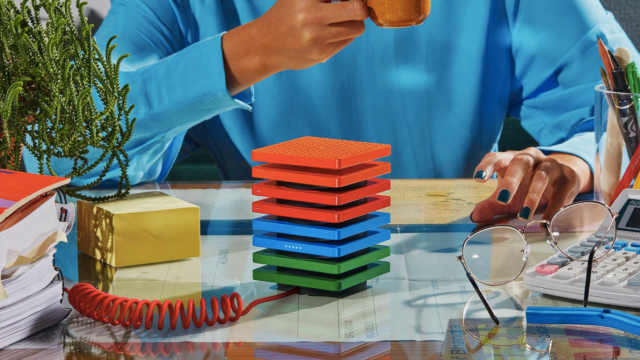Looking ahead to 2018, there’s plenty to be excited about when it comes to design. From technology companies who are finally starting to own their responsibility, to the rest of us saying goodbye to boring hardware – here are five design trends we’d like to see more of this year.
Explained algorithms
If 2016 was the year artificial intelligence entered mainstream consciousness (thank your Echo for that), then 2017 was the year we admitted that most of us have no idea what any of it means. Machine learning? Deep neural nets? How, exactly, did Domino’s app know I wanted pineapple on my pizza again? Technology companies prefer to seal their handy work inside a black box as a way to protect IP and keep the user-friendly magic of “it just works” intact. Most of the time that’s not a huge deal, but as AIs start handling more serious scenarios like determining who gets a loan or how to navigate a dangerous driving conditions, it’s going to be more important than ever to have some understanding of how these algorithms work.
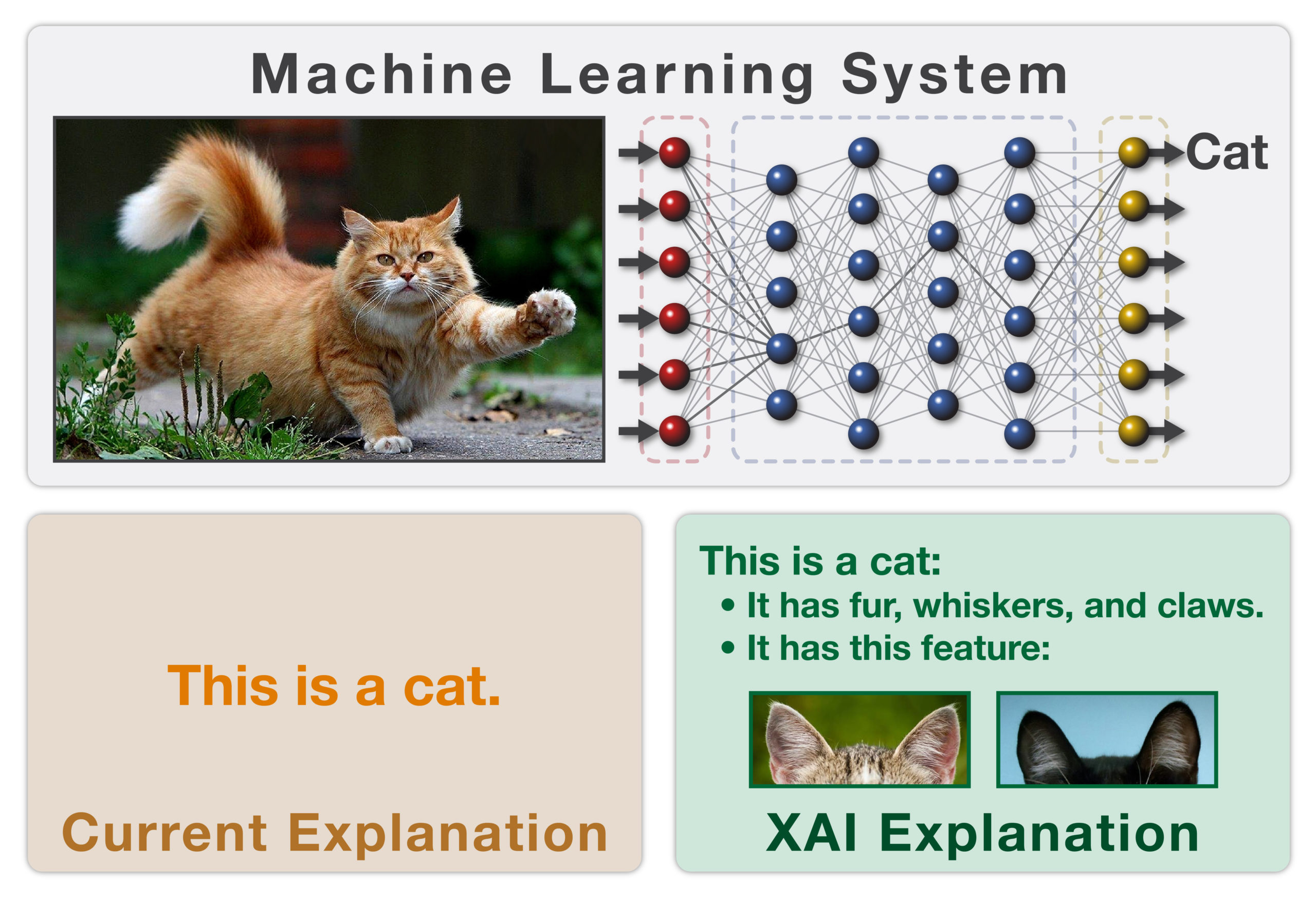
Image: Explainable Artificial Intelligence (XAI), Mr. David Gunning, DARPA
This past year, the AI community made headway towards that goal as the field of explainable AI (XAI) started to gain traction. This branch of computer science is meant to hold algorithms accountable by making the processes by which they’re designed more transparent. DARPA has a program committed to researching machine learning techniques that allow models to explain their decision-making. And financial institutions are attempting to make their algorithms more transparent as regulators crack down on black box data techniques.
There’s still a long way to go before AI is actually able to walk the average person through its rationale in a way they can understand, but the push for algorithmic transparency is something all technology companies – especially those whose business models depend on harnessing user data (ahem, social media) – should be thinking about in the coming year. Facebook is finding out the hard way that obscuring its algorithms can lead to disastrous results, like it did in the 2016 US election. Likewise, government regulators, who’ve long taken a hands-off approach when it comes to Silicon Valley, are pushing for more algorithmic transparency from companies like Google whose near monopoly on search has led to some questionable practices. But it shouldn’t be up to the governments to enforce this. It’s good business for technology companies whose users are growing wary and distrustful. Shedding light on how algorithms make their decisions will assuage the anxiety that people feel about new – and existing – technology. But more importantly, it will build more trust between the machine and the people using it.
A nail in minimalism’s coffin
It’s hard to hate on minimalism. Anti-consumerist in principle and aesthetically pleasing in practice, the concept of minimalism presents a soothing, blank canvas for the rest of life’s messiness. Yet after years of being sold the life-changing wonders of tidying guru Marie Kondo and seeing the same plainly sophisticated white brick aesthetic just about everywhere, the movement’s shiny ecru veneer has begun to crack.
The once aspirational lifestyle now feels like just another form of consumerism. Fortunately, this past year has seen a bucking of the trend, and the embracing of a bolder, and frankly less boring, take on design. Across the home decor world, companies have replaced cleaned-lined Scandinavian design with chunky, gilded, colourful pieces that would feel at home in your crazy aunt’s 1970s loft. Even IKEA, the Swedish standard bearer of minimalism, has embraced the ethos of more is more.
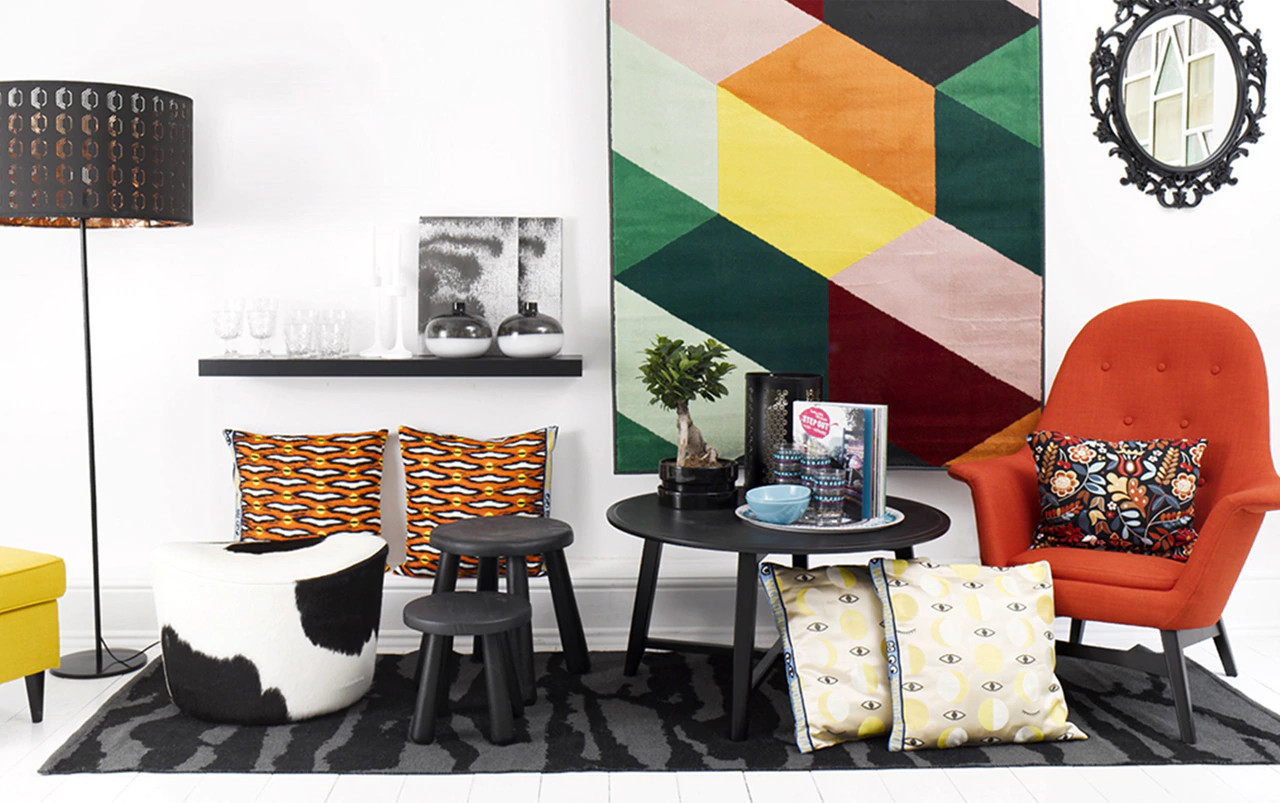
Image: IKEA
Online, people are celebrating ugly design with Tumblrs and Instagrams dedicated to a glittering and gaudy aesthetic. The unapologetic use of colour and texture is admittedly a touch overstimulating, but somehow it feels less burdensome than minimalism’s strict rules. To be clear, minimalism isn’t totally going away in 2018, and that’s a good thing. Too much of any trend deserves a backlash. Maybe the lesson here is that minimalism, like anything else, is best served in minimal doses.
Calmer technology, please
It’s been a year of reckoning for technology companies, and nowhere is this more apparent than on social media. Between Russian bots on Facebook, tireless trolls on Twitter, and our inability to look away from it all, there was seemingly little that’s redemptive about the platforms we use on a daily basis. By the end of 2017, Facebook acknowledged in a blog post that its product might make you feel bad when used in excess, and billions of people nodded in agreement.
Our technological overindulgence has led to the beginnings of what feels like an inevitable period of fasting. Certain pockets of Silicon Valley are embracing a new design paradigm that emphasises user well-being over user time-spent. The idea is to build apps and technology that quietly augment our lives, not commander it.
Some people call this “calm tech.” The movement has evangelists like former Xerox Parc employees Mark Weiser, Rich Gold, and John Seely Brown, who literally wrote the book on calm tech. And Tristan Harris, an ex-Google ethicist, is attempting to loosen Silicon Valley’s death grip on our attention span by calling into question the way technology and apps are designed.
Last year, my favourite example of calm tech was Minutia, an art project turned photo app that limits the amount of time you can interact with it to one minute every day. That built-in restriction is brilliant. Users literally cannot go down the rabbit hole, while at the same time the creators are building excitement and anticipation. Next year, that’s what we need more of – technology whose metrics of success aren’t based on kidnapping attention, but rather capturing it at just the right time.
No more boring hardware
Consumer technology has always felt techy – cold glass, shiny plastic, blunt shapes. But after years of filling our homes with cold materials, it’s time take a softer, more expressive approach to hardware. Gadgets live on our nightstands and talk to us in our bedrooms. We communicate with them like we might a human. It’s a new level of intimacy that requires a new kind of industrial design.
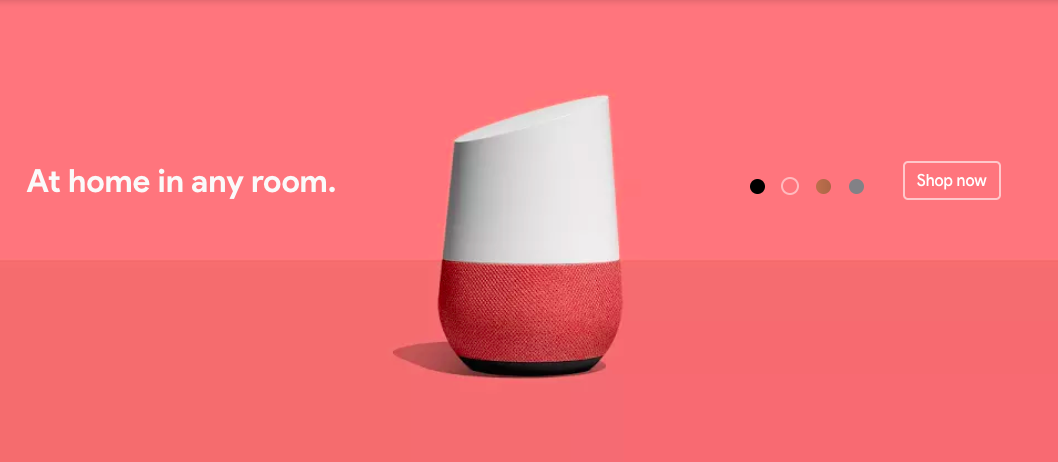
Image: Google
Next year, we’d like to see technology companies embrace their inner weirdos when it comes to product design. It’s already starting to happen. Last fall, Google took baby steps towards more expressive hardware when it released a handful of new smart speakers that were covered in a layer of soft polyester that came in white, grey, and a warm salmon hue. Months before that, Microsoft had released an update to its Surface Pro tablet with a keyboard covered in teal and maroon Alcantara, the stain-resistant fabric that’s used in luxury vehicles.
Meanwhile, Swedish studio Teenage Engineering designed this set of bizarre smart speakers for Chinese company Raven. One of them, a cherry red six-axis robot named R, can twist and nod like a pet in addition to answering verbally like the Amazon Echo or Google Home. Is it strange? Sure. Will everyone like it? Definitely not. But it hints at a future where our gadgets are more emotive, and that’s something to look forward to.
I’d like to think these examples are signalling a departure from the refined and detached aesthetic that Apple has evangelized for so long and a trend towards something that’s more thoughtfully experimental. Here’s hoping there’s more of that in the year to come.
More inclusive design
Much of design’s history was centered around the average user. Designers fashioned cars, apps, and aeroplane seats to fit an archetype, someone who was representative of a larger swath of the population. In theory, this made the design process fairly simple and straightforward — if you design for everyone, you’ll exclude no one, right? But in fact, it’s just the opposite.
Today, “inclusive” design is taking hold, and it’s a very good thing. Companies like Microsoft and Google have spent the past couple of years constructing a new design process that looks at the problems of underserved populations as a lens for designing more thoughtful products and experiences for everyone. The idea is that by building products that are accessible to people with special needs, you’re building better products, period.
It could be as simple as fine-tuning a screen’s contrast for the visually impaired, which will ultimately make full-sighted people’s reading experience more pleasant. Or it could be as complex as making an entire mobile operating system accessible through voice interaction, as Google has done. Even something like Microsoft’s Seeing AI, an app that translates the world through the phone’s camera, might have been made with the visually impaired in mind, but will be useful to just about anyone who will use an augmented reality app in the future.
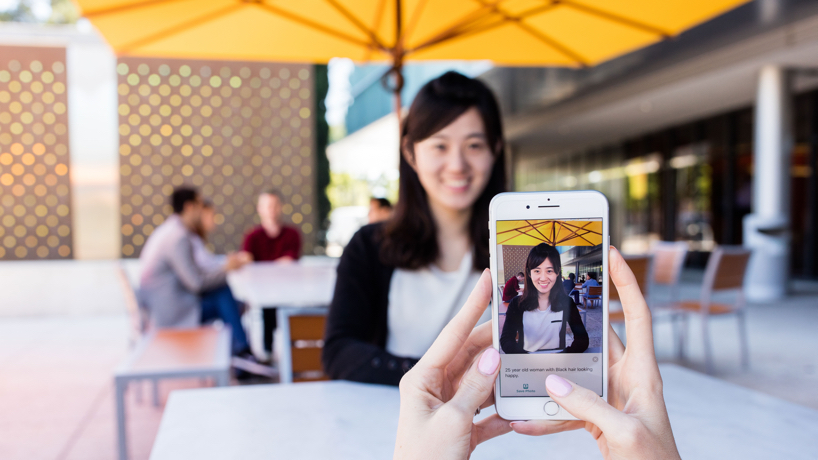
Image: Seeing AI, Microsoft
Unsurprisingly, both companies are using their newfound inclusiveness as a PR moment, and it’s hard to blame them. Designing for accessibility is a step in the right direction – away from the fluffy corporate speak of “design thinking” towards something that’s for more useful for everyone.
